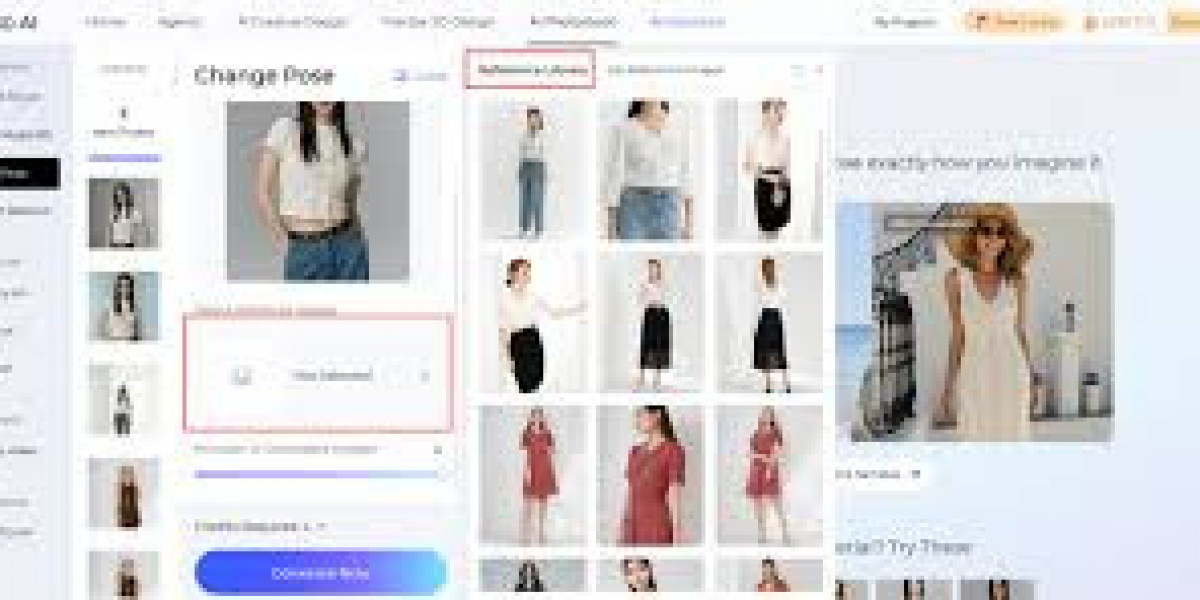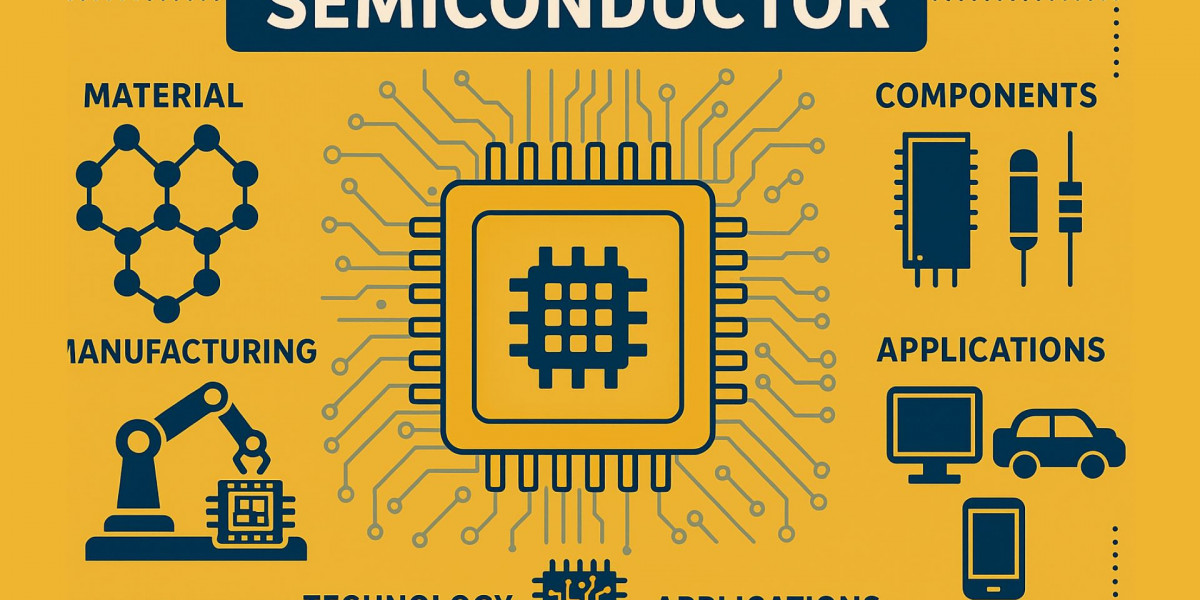The fashion industry has always relied on creativity and innovation, yet traditional methods of turning sketches into physical garments are often time-consuming, expensive, and labor-intensive. Designers face the constant challenge of balancing speed, accuracy, and cost, particularly when producing multiple prototypes. Today, technologies like Drawing to Style are transforming this process, enabling designers to convert sketches into realistic 3D fashion pieces efficiently while reducing sample-making costs.
One of the most significant advantages of Drawing to Style is its ability to transform conceptual drawings into detailed, three-dimensional fashion designs. Instead of waiting weeks for physical samples, designers can input their sketches or drawings into the platform, allowing AI to generate precise 3D representations. Every detail—from fabric texture and color to stitching and fit—is rendered accurately, giving designers a realistic preview of the final garment. This capability not only accelerates the design cycle but also reduces material waste and production expenses, making the entire process more sustainable and cost-effective.
Another revolutionary aspect of Drawing to Style is its capacity for rapid iteration. Reference-based 3D rendering allows designers to experiment with multiple variations of a single design in minutes. Designers can test hundreds of combinations of fabrics, colors, patterns, and silhouettes, all within a digital environment. This flexibility encourages experimentation and creativity, enabling designers to find the optimal version of their ideas without the delays and costs associated with traditional sample-making. The ability to iterate quickly ensures that the best designs reach the market faster, helping brands stay ahead in a competitive industry.
The platform also offers remarkable versatility in model visualization. Designers can swap models to match different target audiences, from local consumers to international markets. Each garment can be previewed on models of varying body types, poses, and skin tones, providing a realistic representation of how the clothing will look in real life. This functionality reduces the need for multiple photoshoots and allows for more accurate decision-making during the design process. Inclusive representation is now easier to achieve, which enhances brand appeal and accessibility.
In addition to model customization, Drawing to Style enables designers to explore a variety of backgrounds and settings. From studio-style lighting to outdoor environments, designers can flip through countless realistic scenes with a single click. This capability is particularly valuable for marketing and promotional purposes, as it allows brands to create high-quality images and videos for social media campaigns, e-commerce listings, and lookbooks without the expense of traditional photography. Designers can visualize how their garments will interact with different settings and make informed choices that elevate the presentation of their products.
The platform’s interactivity simplifies the design process even further. Many AI-powered design tools now allow designers to use chat-based commands, guiding the system with natural language instructions. By typing detailed prompts or design specifications, designers can generate highly specific results without needing extensive technical knowledge. This intuitive approach breaks down barriers and speeds up the creative workflow, making the process of turning ideas into tangible designs easier and more accessible for both new and experienced designers.
An integrated, all-in-one workflow is another standout feature of Drawing to Style. Designers can manage every stage of the process—from initial pattern creation to mockups, model try-on, and marketing videos—within a single platform. This consolidation reduces the time spent moving between different tools and ensures consistency across the design, visualization, and promotional stages. Brands can achieve faster turnaround times, maintain higher quality standards, and streamline operations without compromising creative freedom.
Multi-scene capabilities further enhance the value of this technology. Designers can simulate different environments, lighting conditions, and contexts to visualize how a garment will appear in diverse scenarios. This allows brands to experiment with campaign concepts, product placements, and marketing strategies entirely in a digital space. Multi-scene simulation provides critical insights into the real-world appeal of a design, helping designers and marketers make informed decisions before committing to production.
Sustainability is another key benefit. Traditional sample-making requires multiple physical prototypes, which can be wasteful and environmentally taxing. By generating and refining designs digitally, Drawing to Style minimizes material usage and reduces the carbon footprint associated with fashion production. Brands adopting this technology align themselves with environmentally conscious practices, appealing to consumers who prioritize sustainable fashion choices while still enabling creative freedom.
The accessibility of this platform makes it valuable for designers at every level of expertise. Emerging designers can bring their sketches to life without extensive training in complex software, while seasoned professionals can leverage advanced features for precise customization and intricate design refinement. This democratization of tools fosters innovation, allowing more designers to explore bold concepts and push creative boundaries.
Integration with marketing and e-commerce further enhances efficiency. Once designs are finalized, high-quality images, 3D previews, and marketing videos can be generated directly from the platform. This seamless connection between design and promotion ensures consistent brand presentation and accelerates time-to-market. Brands can respond quickly to emerging trends and consumer preferences, maintaining relevance in a fast-moving industry.
In summary, Drawing to Style is revolutionizing the fashion design process. By transforming sketches into realistic 3D garments, enabling rapid iteration, supporting model and scene customization, and integrating design with marketing workflows, this technology empowers designers to work faster, smarter, and more sustainably. The combination of AI-driven rendering, intuitive interactivity, and multi-scene versatility redefines how fashion is created and presented, setting a new standard for creativity and efficiency in the industry.








